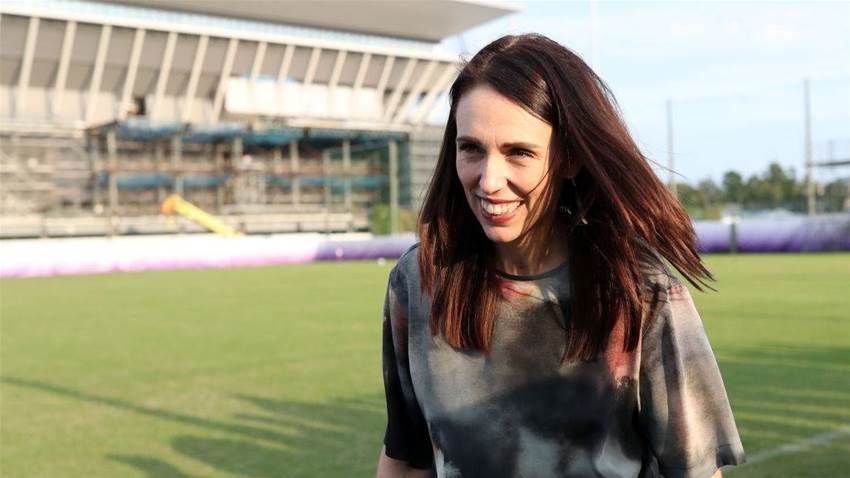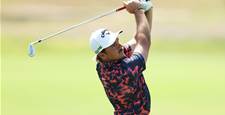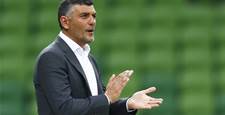The woman behind the 2023 Women's World Cup hosting campaign has revealed just how integral New Zealand was to securing the votes.
The Australian-New Zealand joint-World Cup bid is one of the most groundbreaking tournaments in FIFA's history, but it may have never come to be had every piece of the puzzle not fallen perfectly into place.
From New Zealand prime minister Jacinda Ardern calling powerbrokers on the final day, to the extra numbers galvanised from a passionate Kiwi grassroots campaign, our island neighbours proved that they were going to hold their weight and make this tournament truly a joint-success.
Jane Fernandez, the bid's general manager and now head of organisation for the 2023 event, says at the eleventh hour, without New Zealand, things could have gone very differently.
“For a long time, we were bidding solo,” Fernandez told the Matildas website. “Fast-forward to 2019, the Women’s World Cup held in France is an extraordinary event. After the success of that, the president of FIFA announced that the competition was going to be expanded to 32 teams."
"So whilst we had all the nuts and bolts in place for a bid for an Australia-only competition, we then strengthened our bid by joining hosts with New Zealand.
“At that point in time, we sort of had to start again. All of the groundwork was done, though, [which] put us in a really strong position. We knew which stadiums we were going to put in the bid. We knew the training sites. And it was just a process of coming together ‘as one’ to put together an extremely compelling bid proposal; a bid that was not just for Australia and not just for New Zealand, but for the whole of Asia Pacific.”
There are a number of firsts in the AsOne bid, but most impressive is FIFA's decision to award the tournament to a region traditionally overlooked by all of the sport's powerbrokers.
Just how overlooked Australia and New Zealand are became clear in the eventual voting, when Europe almost voted as a block against the AsOne bid - including close nations like England - despite Colombia's poor adjudication results.
This is due to many powerbrokers in FIFA still actively supporting the Women's World Cup as a development tournament, rather than truly equal to the men's version.
Had our two nations drawn votes from each other, it would have obviously been catastrophic. But given the surge of support away from Australia due to its wealth and first-class facilities actually working against it, according to some sources, the partnership with a smaller island nation in a less developed region was the catalyst for the bid's success.
“New Zealand represented Oceania and their knowledge in the Pacific was absolutely critical to our story around developing and delivering a tournament of firsts,” Fernandez said.
"The first Women’s World Cup in the Asia-Pacific, the first in the Southern Hemisphere, the first joint-Women’s World Cup; together we formed a really strong partnership, and that’s what led us to winning the bid.”
“There’s such a huge amount of untapped football talent across the Asia-Pacific, and we really do think we can shine a spotlight on that. We want to grow female leadership across the region.
"One of the commitments we made in our bid book was to host a 2023 Female Leadership Development Program where we’ll identify key female leaders in our game across the region and bring them in for a leadership program, but also then to have them work in meaningful roles in the actual tournament. This is all about capacity-building; about providing more leadership opportunities for women in our game.”
Related Articles
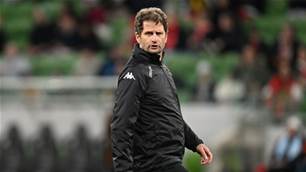
'Timing not right': Montemurro's verdict on Matildas vacancy
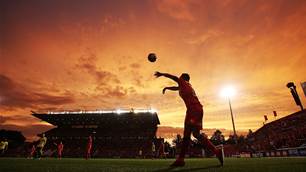
Canada qualify despite soccer drone spying saga
.jpg&h=172&w=306&c=1&s=1)
